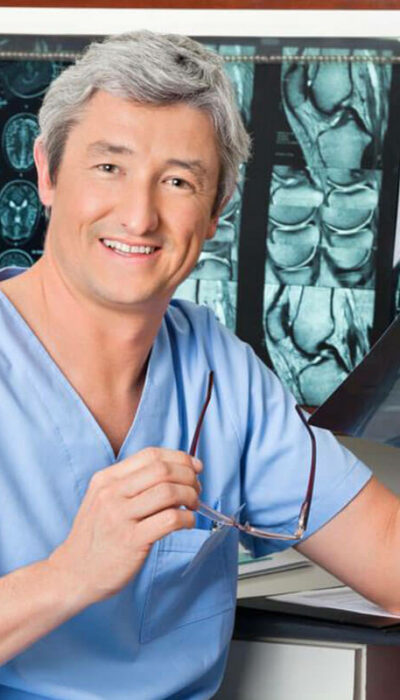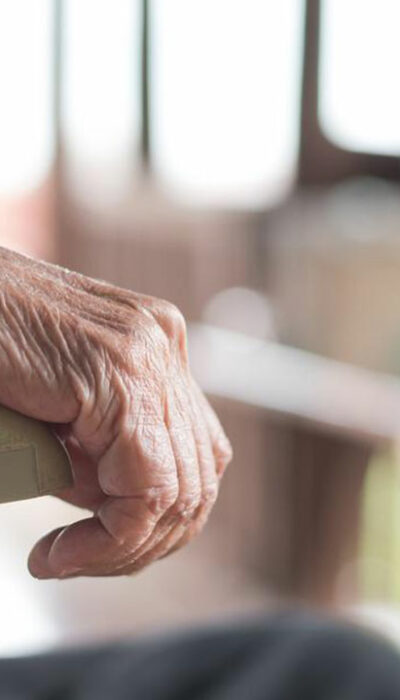
You Probably Do Not Know about These Rare Brain Tumor Types
With more than 120 brain tumor types, recognizing and diagnosing rare ones is a difficult task. Here’s what you need to know about a few of the rarest brain tumor types. According to American Cancer Society ’s statistics, more than 22,500 people were diagnosed with primary brain tumor types in 2015 in the United States alone. Furthermore, it was estimated that approximately 15,000 adults in the country would die of brain tumor complications. Approximately 4,300 teens and children were estimated to be diagnosed with brain tumors in the US in 2015, with more than half this number being under the age of 15 years. A brain tumor is defined as an abnormal growth of cells that may be malignant or benign in the brain. These abnormal cells are classified as primary brain tumor types when they first develop in the brain. Secondary or metastatic brain tumor types include those cells that started out as cancerous in other parts of the body, and eventually spread to the brain. This classification of brain tumor types is essential as the treatment of brain tumors depends on which part of the body the cancerous cells originate from. The National Brain Tumor Society classifies more than 120 brain tumor types. Some of these brain tumor types are more common that the others. Brain tumor types like gliomas account for almost 45 percent of all primary brain tumor types. You may not even have heard the names of some of these brain tumor types, because they occur rarely. Here are a few of the not-so-common brain tumor types. Ganglioglioma Accounting for just 1 percent of all brain tumor types, gangliogliomas are rare brain tumors that are known to start from a single cell that begins dividing in the brain. According to the Office of Rare Diseases Research, most gangliogliomas are benign, with just 10 percent of all known cases classifying as malignant brain tumor types.










